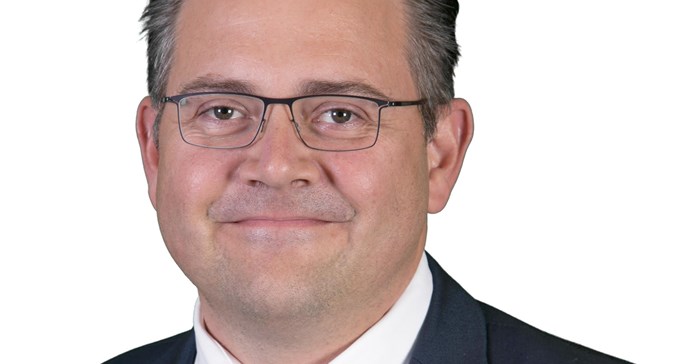The Holy Grail of investing is to increase returns whilst reducing risk - thus constructing a superior risk-adjusted return. But investors looking for this in today's environment are likely to be sorely disappointed.

Maarten Ackerman
We are in an era where there is a fundamental redefinition of risk taking place: cash and bonds, previously considered risk free are now – in light of low and negative interest rate and inflationary environments – in fact return free asset classes.
Old definitions still hold
Despite this, we see investors buying up negative interest rate bonds for a guaranteed loss while equities are earning modest returns, presumably because these “old” definitions of asset class risk still hold.
In part, central banks are buying the bonds as a means to generate market liquidity and depress yields, in an extension of the quantitative easing (QE) which began in the post 2008-09 financial crisis era. In part, the bonds are being purchased by tracker funds which – somewhat bizarrely in light of the negative yields – need to hold them in order to accurately track the index they are targeting.
The success of the central banks in their efforts to stimulate spending and discourage saving has been brought into question. To underline this, in the past year the biggest safe maker in Japan has doubled sales, implying that there is definitely hoarding of cash taking place.
Financial repression
After the era of ZIRP (zero interest rate policy), we now have NIRP (negative interest rate policy), the last phase of this experiment to drive consumption and economic activity and to stimulate inflation. In a deflationary environment, consumers are likely to defer spending leading to a collapse in demand and an economy that dries up.
The financial policy this describes is referred to as financial repression: we are in a situation where we are using all the same old tools (which didn’t work in a low interest rate environment) in a negative interest rate environment in an attempt to drive inflation. This essentially transfers benefits from lenders to borrowers and can also be viewed as stealing from future generations as a result of not paying them anything for their long term savings: people are incentivised to spend rather than to save hoping that this will create inflation in future.
Inflating their way out of a problem
This is the last leg of the debt supercycle which brought about the 2008/9 financial crisis. Governments bailed out the big banks, then certain governments bailed out other governments in turn. While a depression was thankfully avoided, governments continue to hold excessive debt and they effectively need to inflate their way out of the problem (by creating inflation they will reduce the real debt level).
It was widely anticipated that QE would lead to higher inflation. It didn’t. The expected higher borrowing did not materialise and a consumer boom did not follow. Rather consumers took the opportunity to deleverage. We do, however, see some signs of credit creation beginning in the US and Europe, but it’s still too early to call it a success.
Where will this leave investors?
Very modest growth has crept back into economies, but it is likely to remain low in many parts of the developed world for some time, implying that interest rates will remain low for the foreseeable future. In some instances this is structural. In the US, for example, the economy has been structurally slowing since the 1950s – this is nothing new. As an economic base swells its growth rate will naturally slow down. As an aside, an economic growth rate of 2%, that outstrips a population growth rate of around 1%, will still lead to greater economic prosperity and rising standards of living.
With an outlook of slow economic growth and low, or even negative, interest rates, where does this leave investors?
Look at equity markets
Equity represents the asset class with the best chance of beating inflation – especially in an environment in which central banks are actively trying to stimulate inflation. Although equities can be volatile, it would be a mistake to equate this volatility with risk: the true risk an investor faces is a real loss of capital as inflation erodes its value. It is far riskier today to be invested in cash or bonds, where you would be guaranteed a capital loss with no real yield at all.
Investors should therefore look to the equity market where many companies are in surprisingly good shape with strong balance sheets. Market neutral hedge funds also offer enticing returns and can act as a shock absorber in this environment. And finally, investors should continue to diversify across sectors, geographies and asset classes for solid long term gains and short term protection.





































